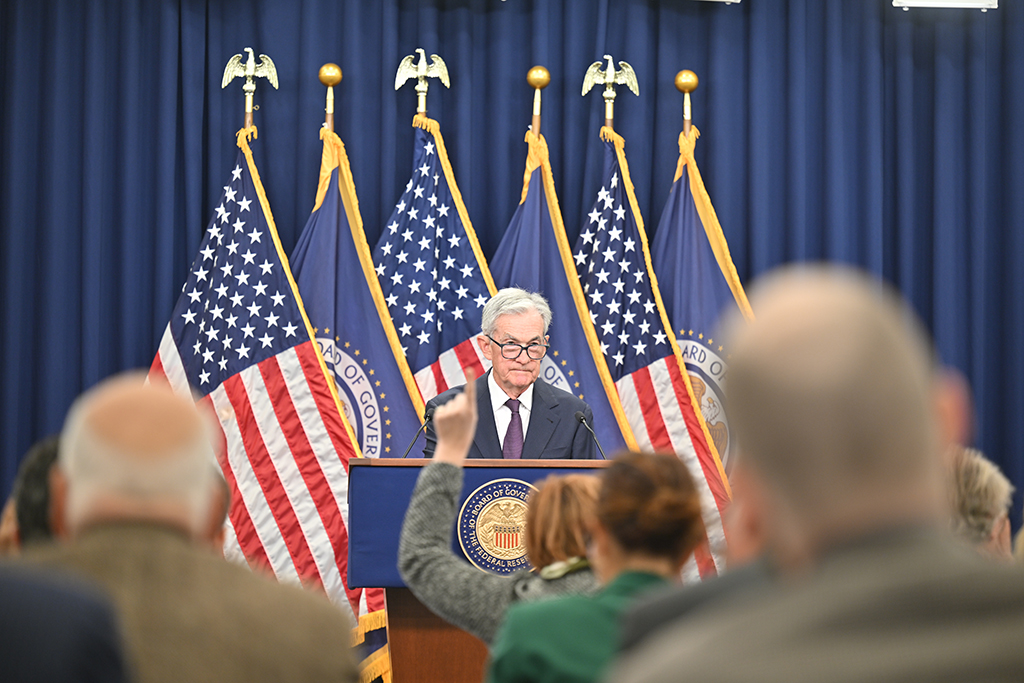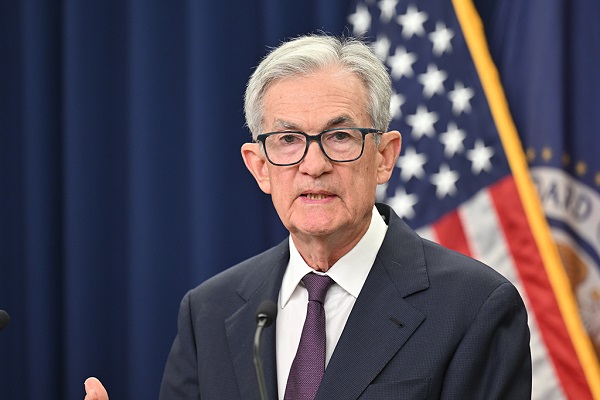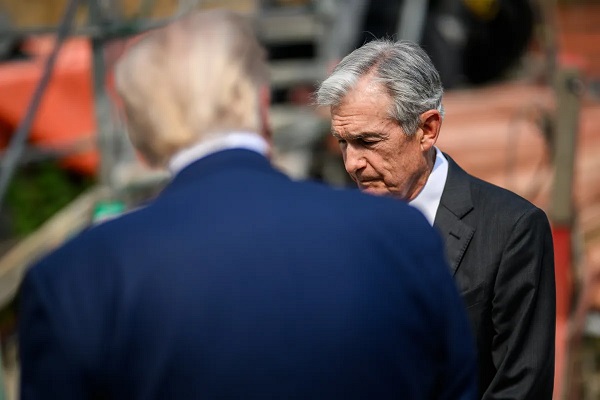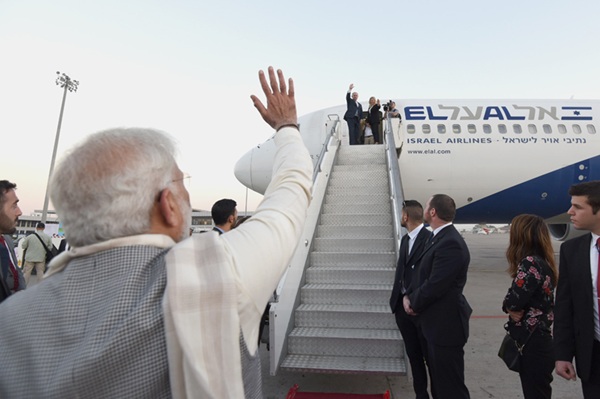.png)
Fed Shifts Toward Job Market Risks With First Rate Cut Since December
Fed cuts rates for the first time since December, shifting focus from sticky inflation to rising job market risks as unemployment edges higher.


By BasisPoint Insight
September 18, 2025 at 2:07 AM IST
The US Federal Reserve cut interest rates on Wednesday for the first time in eight months, moving its benchmark rate down a quarter point to 4.00–4.25%. The decision marks a pivotal shift in focus--from inflation, which still runs above target, to growing concerns about labour market weakness. Fed Chair Jerome Powell made clear in his post-meeting remarks that policymakers now see risks to employment as outweighing the dangers of stubborn inflation, underscoring the evolving balance in the Fed’s dual mandate.
The move followed weeks of evidence suggesting a softening jobs market. Payroll growth has slowed sharply, the workweek has shortened, unemployment among Black workers has risen, and revisions to earlier data show weaker hiring than previously thought. The August jobs report registered just 22,000 new positions, well below break-even levels. Powell admitted that job creation is no longer sufficient to keep the unemployment rate stable. “Businesses are doing very little hiring overall,” he said. “Any increase in layoffs could quickly feed into higher unemployment.”
The Fed’s policy statement captured the shift. “Job gains have slowed, and the unemployment rate has edged up but remains low. Inflation has moved up and remains somewhat elevated.” That juxtaposition — cooling growth with persistent inflation — carries echoes of stagflation, a dynamic not seen in the US in decades. Powell acknowledged the tension, noting: “There are no risk-free paths … We have to keep our eye on inflation at the same time, we cannot ignore maximum employment.”
One dissent, from new Governor Stephen Miran, highlighted the political undercurrents. Miran, on leave from a White House role, argued for a larger cut, apparently reflecting the steeper reductions favoured by President Donald Trump. Still, Powell stressed the Fed’s independence, saying “we’re strongly committed” to decisions based on incoming data, not political pressure. Notably, two other Trump appointees, Michelle Bowman and Christopher Waller, who had dissented at the prior meeting, supported this cut--signalling a broad consensus around the growing priority of labour market risks.
Inflation, meanwhile, remains elevated at 3%--above the Fed’s 2% target but unchanged from June projections. Tariffs imposed by the Trump administration are beginning to feed into prices, but Powell suggested the effects may be short-lived. “A reasonable base case is that the effects on inflation could be one-time,” he said, while conceding they might also prove more persistent. Importantly, he said lower immigration, not tariffs, has been the bigger drag on labour supply, compounding hiring difficulties.
The Fed’s updated forecasts left unemployment at 4.5% for year-end and nudged growth slightly higher, to 1.6%. Futures markets now see a 90% chance of another cut in October, with December also in play. Powell cautioned against assuming a preset path, describing the Fed as in “meeting-by-meeting” mode. Still, he hinted the broader trajectory would edge rates closer to neutral, even at the cost of slightly higher inflation through 2026.
Markets reacted cautiously. Stocks initially rose but ended mixed, Treasury yields barely moved, and the dollar strengthened modestly.
For Powell, the challenge now is clear: steer policy between sticky inflation and a sputtering jobs engine, without tipping the economy into stagflation or recession.


